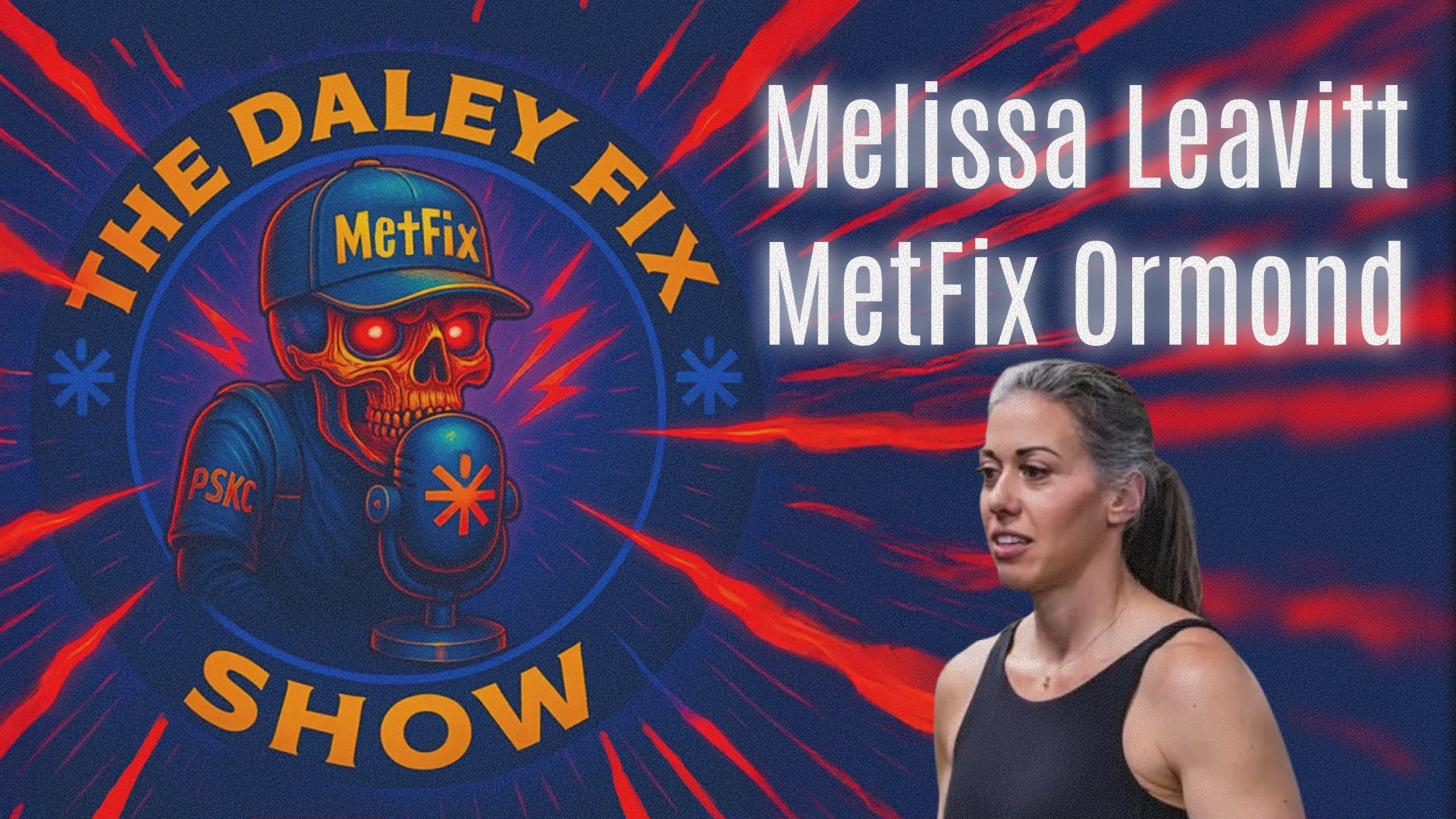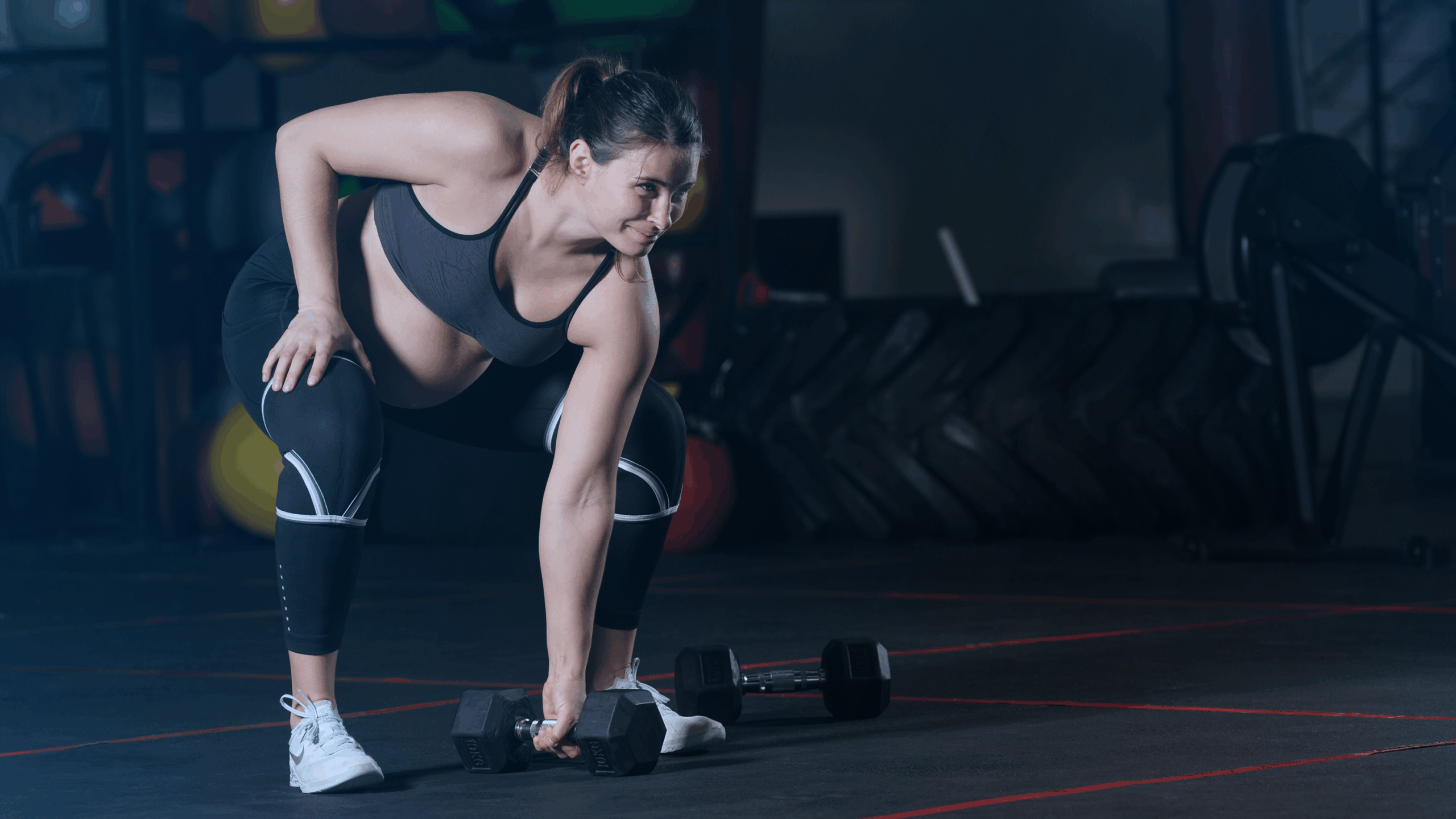What should the shoulder’s contribution to overhead lifting be? Should the shoulder remain fixed or should it elevate, moving toward the ear, during an overhead lift? These questions were recently raised on the CrossFit message board and found their way over to other pop fitness sites where our answers and practices are contrary to local orthodoxy.
As interesting as the questions are—and they are potentially vital in terms of both safety and efficacy—they also offer a ripe opportunity to delineate how we at CrossFit typically evaluate all training methods and resolve issues and concerns of technique. That is very much the purpose of this article—to reveal our thinking on what guides and substantiates our beliefs and practices.
To answer the question regarding the shoulder’s role in overhead lifting, we want to look to the methods and techniques of athletes who lift or support substantial loads overhead in the normal course of their sport; evaluate those methods against any observed, trusted and acknowledged principles of human performance; and conduct local experimentation, where it is ethical and sensible to do so. We evaluate methods experientially, theoretically and clinically, but each step has an empirical nature. Even our theories have utility only insofar as they are consistent with observation.
When looking for athletes whose sport regularly entails significant overhead loads, we hit pay dirt with the gymnasts and weightlifters (Olympic lifters). The shoulder’s loads, velocity, angles, range of motion and wicked dynamics during gymnastics have no equal in other sport. We often say that gymnasts are the graduate students of shoulder-works and other athletes are in elementary school. The overhead loads that gymnasts experience are enormous and often involve landing in a handstand from significant heights or moving powerfully through a handstand. For examples, you need look only as far as the “back toss handstand” performed on the parallel bars and the “back handspring” performed in free exercise, both from Coach Roger Harrell’s Drills and Skills site.
On the subject of the shoulder’s role in supporting loads overhead, the gymnasts’ perspective is abundantly clear. The shoulder needs to be tucked up next to the ear. This is referred to as an “active shoulder.” In any activity, an active shoulder is one that is working against a load. In a handstand, this means it is held tightly near the ear by the trapezius muscle; in a support on the parallel bars, however, the “active shoulder” is held down and away from the ears by the latissimus dorsi muscle. In both cases the active shoulder is working against the load. We use the term “inactive” or “passive” to refer to a shoulder yielding to a load. Gymnasts are taught early to “put your shoulders in your ears” for overhead strength, control and stability.
The weightlifters are also experts at overhead lifting; that’s all they do. The dynamics and the loads incurred in the snatch are enormous. It doesn’t take much imagination to appreciate the difficulty and demands of throwing up nearly twice your bodyweight and catching it in an overhead squat—the most challenging and demanding of overhead postures.
For the weightlifters the importance of an active shoulder in lifting and supporting weight overhead is also unambiguous. Consider the snatch again. It is a powerful contraction of the trapezius that drives the load upward before the athlete dives under to catch the bar in an overhead squat. The traps’ powerful contraction continues the acceleration of the bar begun by the hips and legs and carried through full hip extension, when the hip instantly reverses itself. That same shrug of the shoulders then propels the athlete under the bar where he catches it, arms fully extended, supported by the full recruitment of the traps—an active shoulder. The same shrug, the dynamic “active shoulder,” propels the load, launches the athlete and supports the load.
What, if any, principles of human performance support the specifics of the weightlifters’ and the gymnasts’ approach to managing loads overhead?
First, full range of motion and longer lines of action have greater athletic application than do their stunted counterparts. They offer more natural motor recruitment patterns and greater power by virtue of longer travel. At CrossFit we don’t do partial squats, partial presses or partial deadlifts. We’re looking for the longest line of action with a full range of motion. An active shoulder extends the overhead reach by inches.
Second, body parts that are more proximal (closer to the body) are stronger than parts more distal (away from the body). Better and more powerful work can be accomplished by proximal than distal body parts. By recruiting the traps in overhead lifts we recruit muscle much stronger than those in the arms. (We can all shrug more weight than we can press.)
Third, athletic movements are generally expressed in a wave of muscular recruitment from core to extremity (proximal to distal) where larger, stronger body parts accelerate loads and hand them off to smaller, weaker body parts for continued acceleration. Taking the active shoulder out of the overhead lifts leaves a break in the kinetic chain in the case of the jerk or push press and shortens the chain in the shoulder press.
It would be appropriate to ask weightlifters and gymnasts about the prevalence and propensity for shoulder injuries in their respective sports. We have done so and have been given no reason to suspect that they are more or less shoulder-injured than the general population. Coaches are generally very reliable sources for evaluating a sport’s proclivity to injuries. Ask a football coach if he sees torn knee ligaments and the answer is a laugh of recognition and acknowledgment. Ask about broken backs and you’ll get a quick “no.” Our weightlifting and gymnastics coaches recognize a fair number of regular, even common, injuries, but not to the shoulder.
How have CrossFitters fared lifting overhead with an active shoulder? Like the weightlifters and gymnasts, we have no reason to suspect any significant causal relationship between our overhead lifting and shoulder injury. In fitness communities where overhead lifting is reportedly injurious, there is typically clear evidence of inactive, or passive, shoulder involvement while lifting overhead.
Several CrossFitters, Tyler Hass and I, to name two, have experimented with simple gymnastics movements and passive shoulders, much to our chagrin. Tyler found swinging to a handstand without squeezing the shoulders up by the ears to be disastrous, and I found pulling the shoulders smartly away from the ears in the handstand to be breathtakingly painful.
Our take is that the active shoulder is a strong anchor, support and motivator for high-force, high-impact or high-power movements. The inactive shoulder is not. The dynamics of the shoulder’s contributions to weightlifting and gymnastics movements suggest potential value in exercises that simply move the shoulder from passive to active from different postures. This can be done from a hang on a bar, in a support on rings or bars, and while hanging a bar at arm’s length down and in front of the legs. Interestingly, only the third of these movements, the “shrug,” is a regular gym exercise, and it is recognized as powerful and important.
The lessons we’ve extrapolated from this look at overhead lifting and supporting can be applied to pull-ups, dips, cleans, snatches, presses, jerks, push-ups and even rowing and have redoubled our commitment to powerful shoulder involvement for each of these exercises.
In shooting photographs for this article we found some postural limitations in a few of our better athletes. One in particular had great trouble holding a bar overhead with the shoulders elevated toward the ears. The same athlete has repeatedly demonstrated great difficulties with handstands and other overhead work. We’ve long known about postural limitations that reveal functional deficiencies. We now have another to look out for.
This article, by BSI’s co-founder, was originally published in The CrossFit Journal. While Greg Glassman no longer owns CrossFit Inc., his writings and ideas revolutionized the world of fitness, and are reproduced here.
Coach Glassman named his training methodology ‘CrossFit,’ which became a trademarked term owned by CrossFit Inc. In order to preserve his writings in their original form, references to ‘CrossFit’ remain in this article.

Greg Glassman founded CrossFit, a fitness revolution. Under Glassman’s leadership there were around 4 million CrossFitters, 300,000 CrossFit coaches and 15,000 physical locations, known as affiliates, where his prescribed methodology: constantly varied functional movements executed at high intensity, were practiced daily. CrossFit became known as the solution to the world’s greatest problem, chronic illness.
In 2002, he became the first person in exercise physiology to apply a scientific definition to the word fitness. As the son of an aerospace engineer, Glassman learned the principles of science at a young age. Through observations, experimentation, testing, and retesting, Glassman created a program that brought unprecedented results to his clients. He shared his methodology with the world through The CrossFit Journal and in-person seminars. Harvard Business School proclaimed that CrossFit was the world’s fastest growing business.
The business, which challenged conventional business models and financially upset the health and wellness industry, brought plenty of negative attention to Glassman and CrossFit. The company’s low carbohydrate nutrition prescription threatened the sugar industry and led to a series of lawsuits after a peer-reviewed journal falsified data claiming Glassman’s methodology caused injuries. A federal judge called it the biggest case of scientific misconduct and fraud she’d seen in all her years on the bench. After this experience Glassman developed a deep interest in the corruption of modern science for private interests. He launched CrossFit Health which mobilized 20,000 doctors who knew from their experiences with CrossFit that Glassman’s methodology prevented and cured chronic diseases. Glassman networked the doctors, exposed them to researchers in a variety of fields and encouraged them to work together and further support efforts to expose the problems in medicine and work together on preventative measures.
In 2020, Greg sold CrossFit and focused his attention on the broader issues in modern science. He’d learned from his experience in fitness that areas of study without definitions, without ways of measuring and replicating results are ripe for corruption and manipulation.
The Broken Science Initiative, aims to expose and equip anyone interested with the tools to protect themself from the ills of modern medicine and broken science at-large.
Support the Broken Science Initiative.
Subscribe today →
recent posts
Medical Society Webinar with David Wiss
















